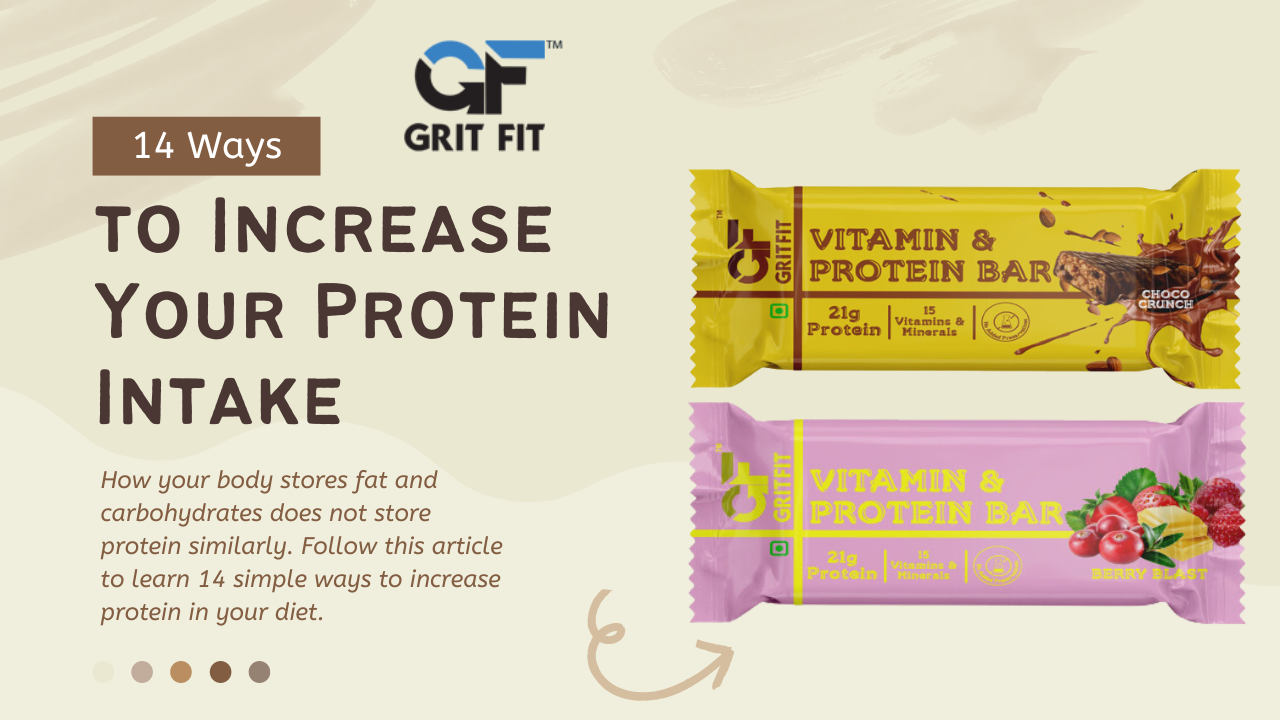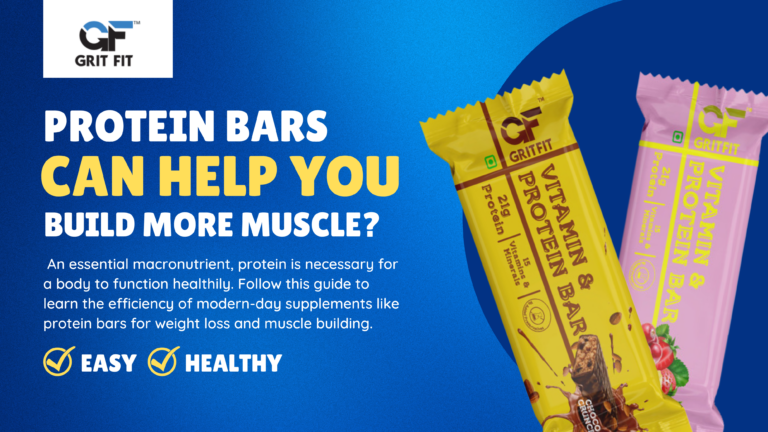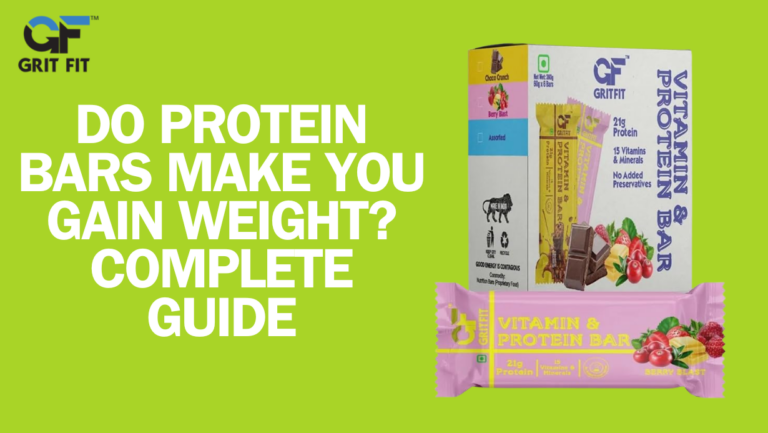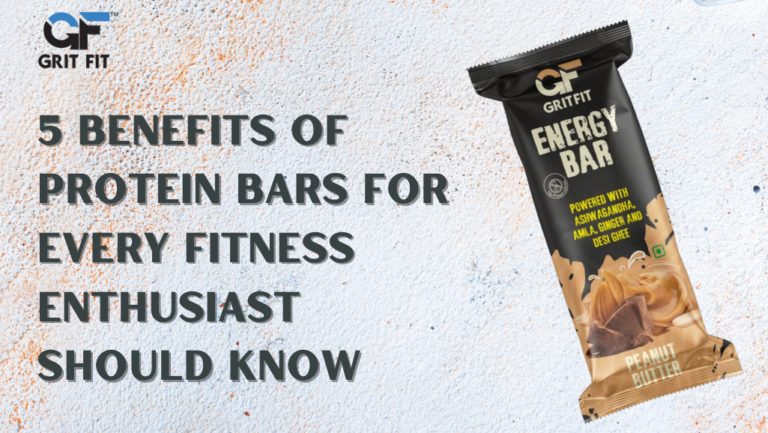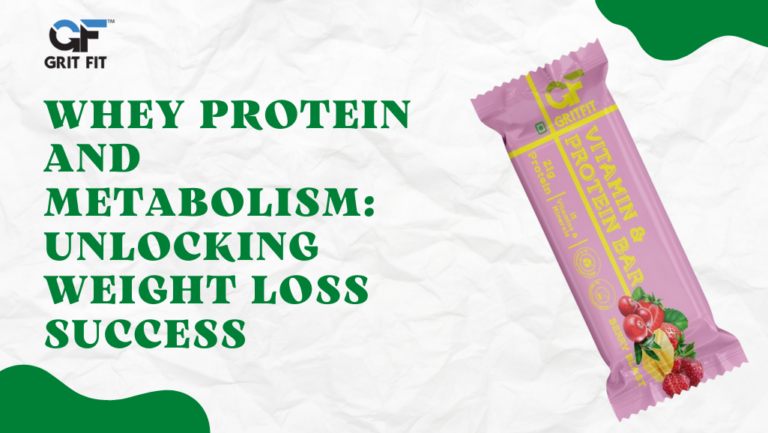Summary: How your body stores fat and carbohydrates does not store protein similarly. Follow this article to learn 14 simple ways to increase protein in your diet.
Key Takeaways:
- Your overall wellness depends on protein. This is for weight control, heart health, and muscle development especially.
- Regular eating of proteins helps regulate blood sugar and increases satiety. Moreover, a range of protein sources—including plant-based—is accessible.
- Lean meats, seafood, legumes, dairy, almonds, and seeds are just a few of the meals high in proteins you could explore.
- One can increase protein intake with creative cooking. Try high-protein dishes and incorporate collagen, protein powder, and bean-based pasta, among other protein-packed foods.
Introduction
Protein is an essential nutrient that plays a crucial role in maintaining overall health. With people searching for ways to increase protein in their diet, it is an imperative element in a balanced diet. Furthermore, with a recommended daily intake of at least 50 grams, it is essential to ensure that you are getting enough protein in your diet.
A protein-rich diet offers numerous benefits, including muscle growth, weight loss, and overall health. However, with a busy lifestyle, meeting your daily protein requirements can be challenging. Moreover, people often resolutely munch on protein bars and snacks to quickly add protein. But there are more ways to get your protein consumption right. That’s why we have compiled a list of 14 easy ways for it. Read on to understand simple ways to boost your daily intake of protein.
How To Improve Protein Intake: Our 14 Tips
- Add Protein to Every Meal
Every meal you have should include protein. Eating regularly high in proteins helps you feel full and can help balance blood sugar between meals. Furthermore, research indicates that including high-protein foods at every meal helps you distribute your daily protein consumption and supports muscle development, improving overall well-being. Moreover, you now have an array of choices with both animal and plant-based protein sources, many of which are ready-to-eat.
- Eating Lean Meats and Poultry
If you are looking for how to boost protein levels, this would be one of the top suggestions. Choosing leaner cuts of meat and slightly increasing the portion sizes can boost your protein intake. Furthermore, it has a lower calorie content of your meal.
For instance, if you compare the nutritional value of an 85-gram serving of steak, you can get around 21 to 26 grams of protein. Moreover, from 100 grams of chicken, you can have 27 grams of protein.
- Include Fish and Seafood in Your Diet
Extremely low in fat and high in protein are seafood and fish. One of the best ways to increase your protein consumption is by adding fish and seafood such as tuna, octopus, anchovy, trout, lobster, whitefish, and mackerel. Tuna has about 30.7 g of protein in one hundred grams.
- Snack on cheese
Many popular snack items such as pretzels, chips, and crackers need more protein. Selecting high-protein snacks will enable you to increase your dietary intake of this nutrient. Along with over 30 less calories and more calcium, a 1-ounce (oz) (28-g) cheddar cheese serving boasts 7 g of protein. Furthermore, some studies even point to cheese possibly improving cardiac function.
Therefore, if you are searching for how to improve protein intake, take some potion of cheese and pair it with whole grain crackers, tomatoes, or sliced apples.
- Eat More Legumes
Among the best sources of protein are legumes—beans and lentils. For vegetarians especially, rich in protein, legumes also have a high fiber content, another nutrient that helps to create sensations of fullness. Additionally, you can get 6 to 15 grams of protein quickly in your meals from half a cup of cooked beans.
- Use Collagen Supplements
Collagen is the protein nutrient for the skin and the bone. Using its supplements has several health benefits, including improving skin health and appearance, increasing bone mineral density, and improving symptoms of osteoarthritis.
Furthermore, collagen supplements are tasteless and can be added to hot and cold drinks like coffee, tea, and smoothies. In addition to that, you can use it in recipes like chia pudding, energy balls, and overnight oats. It provides around 18 g of protein per 20 g serving, making it one of the intelligent ways to increase protein intake.
- Try Dairy and Dairy Alternatives
Dairy products have a decent volume of protein, too. Tiy can find two types of proteins in them: whey and casein. Protein-wise, milk, cheese, and yogurt—especially Greek yogurt—are abundant. However, if you are lactose-intolerant, you can choose dairy substitutes, including soy milk, hemp milk, and oat milk as protein sources.
- Add Peanut Butter to Your Diet
A great, high-protein snack with a creamy texture, peanut butter goes nicely with various items. You can pair it with oatmeal, whole wheat toast, celery, yogurt, and fruits like apples and pears. Almost 7 grams of protein can be added from a 32-gram peanut butter spread on sliced fruit. Additionally, you can use it in salad dressings, marination, and desserts. It can also lower blood sugar, strengthen your heart, and cut appetite.
- Buy Easy-to-Use Proteins
Lack of readily available options can make it difficult to get adequate protein throughout the day. Having simple, ready-to-eat, protein-rich foods will help you get more protein across the day and simplify meal and snack time.
You can try pre-cooked meals with portion sizes: canned beans and seafood, cheese sticks, nuts and seed packs, and protein bars and chips, which can be rapidly assembled to produce high-protein meals when you’re pressed for time.
- Munch on Nuts and Seeds
Convenient protein sources are nuts and seeds that one can enjoy on their own as a snack or topped salads to increase their protein count. Almonds, walnuts, pinenuts, pecans, and other such nuts have a substantial composition of protein and omega. Among the seeds, the finest sources are pumpkin seeds, hemp seeds, flaxseeds, and sunflower seeds. You can easily add to salads, oatmeal, and baked products for a boost of plant-based protein, keeping your protein intake steady.
- Use High-Protein Pasta
Though it’s a common and flexible meal, pasta can also be a decent amount of protein. Although most varieties of pasta have about six grams of protein per cup, you may increase the protein value much further by combining it with high-protein foods like chicken and beans.
Another choice is to substitute bean or lentil-prepared pasta for conventional pasta, which can provide up to 14 grams of protein per cooked cup. This pasta boasts greater protein and more filling qualities, which will help you feel satiated with less carb intake.
- Homemade Protein Smoothies
For breakfast enthusiasts looking for ways on how to boost protein levels, smoothies are your quick fix. While delicious, imbalanced smoothies might cause you to feel slow, hungry, and with stronger food cravings, making homemade protein smoothies will help you stay full for a long period and from more consistent energy levels and regulated blood sugar.
Your protein intake will greatly increase by including protein powder, white beans, almond butter, cashews, dairy, and soy milk. You can try easy recipes online for healthy blends that you can prepare in minutes.
- High-Protein Dessert
Desserts heavy in proteins will fulfill your sweet taste and increase your protein consumption. To feed your body and satisfy your insatiable sweet taste, create peanut butter cups, chocolate protein pudding, high protein cheesecake, chocolate exercise brownies, etc.
- Soups and Stews
Stews and soups could be more filling. Usually, you get hungry in an hour or two. But by cooking soups and stews loaded with proteins, you can improve your intake of this nutrient in addition to making your stomach full. Among the choices are lasagna soup, black bean and lentil soup, chicken tortilla soup, and protein-packed minestrone. Additionally, you can use bone broth in general cooking to further enhance the flavor and protein content.
Conclusion
Ultimately, protein is an essential nutrient that plays a crucial role in maintaining overall health. It is vital to ensure that you are getting enough protein in your diet, with a recommended daily intake of at least 50 grams. By following our 14 easy ways to increase protein intake, you can make healthy changes in your diet and lifestyle. Additionally, you should try our range of premium protein bars, offering 21 grams of protein in every bar.

